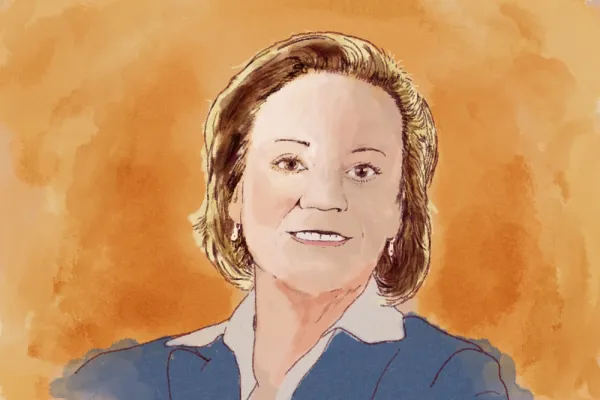By Michelle Celarier
A year after the biggest financial collapse since the Great Depression, it’s worth pondering whether the world is any better prepared for another crisis as monumental as the last one. Wall Street faced death blows from which it appears to have largely recovered, thanks to the U.S. taxpayer. Yet, so far, the federal government has done little to stop the industry’s wayward ways.
Nor have hedge funds yet to face significant regulation, though more does seem inevitable. Many were hit hard last fall, and they are still in the recovery stage, as they try to regain investors’ trust and manage portfolios that, in some cases, remain underwater.
Has anyone learned anything? To try to answer that question, this month we look at the topic of risk management. The collapse of Long Term Capital Management in 1998 led to a huge outcry against modern risk management, known as VaR (or value at risk) modeling. Some of the same criticisms were leveled against VaR during 2008—an indication that very little had changed in the interim. If anything, the flaws had been exacerbated, the system gamed.
Today, some assumptions are being challenged, and hedge funds such as Passport Capital, AQR Capital Management and Graham Capital Management say they are tinkering with the models, specifically adding liquidity and concentrated trades as issues to focus on as they revamp. Other managers, such as Jim Melcher of Balestra Capital, who fared well during last year’s meltdown, remind us that a little common sense would go a long way if it were added to the so-called science of risk management.
This month, our cover story looks at the return of Paul Marshall to the renowned British hedge fund Marshall Wace, which was pummeled last year by losses and investor redemptions. Marshall Wace let people take their money out, and they lost billions—much more than their individual funds’ performance decline warranted.
Marshall Wace had soared in recent years on another modeling effort, its proprietary TOPS trading system, which analyzes sell-side recommendations and places bets accordingly. Wall Street’s views did propel the bull market, but when they proved as faulty as its risk management models, the TOPS model fell down. (No surprise, however, that TOPS strategies have recovered this year, along with the market.) Amid the crisis last year, Marshall, whose main passion is politics, returned to the firm—and is looking for more manager-led strategies to better balance it.
Meanwhile, regulators are busy trying to get a handle on where the new problems will be. Our exclusive interview with George Canellos, the new regional head of the Securities and Exchange Commission covering New York (and 60% of U.S. hedge fund assets as a result), shines a light on what the agency is most preoccupied with post-crash—and some of the new tools at his disposal.
There you have it. It comes down to people, models—and regulators. Let’s see how they do this time around.





